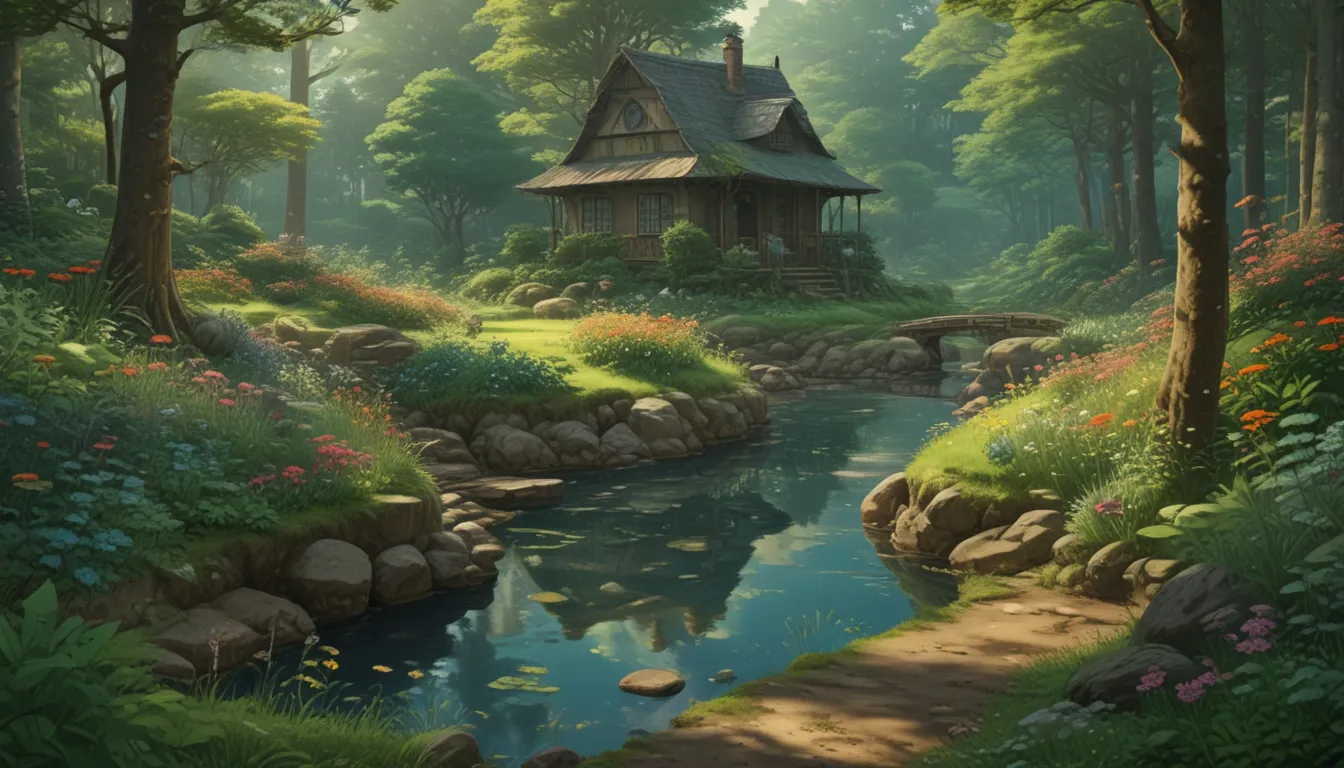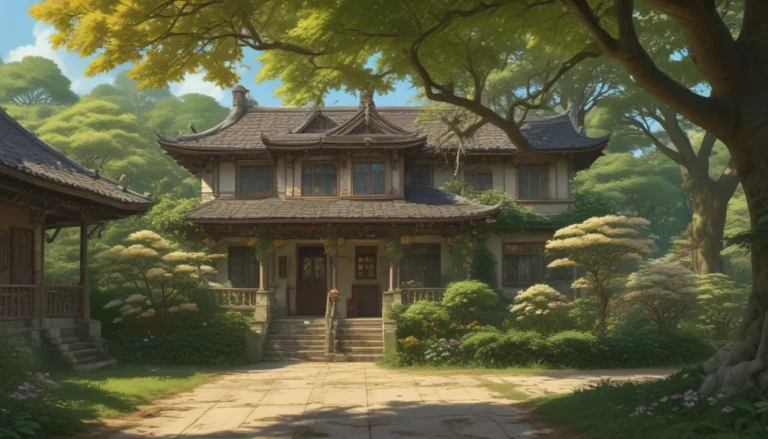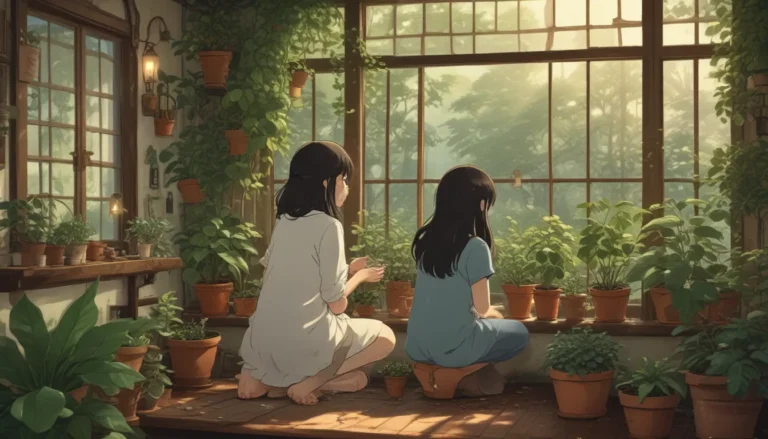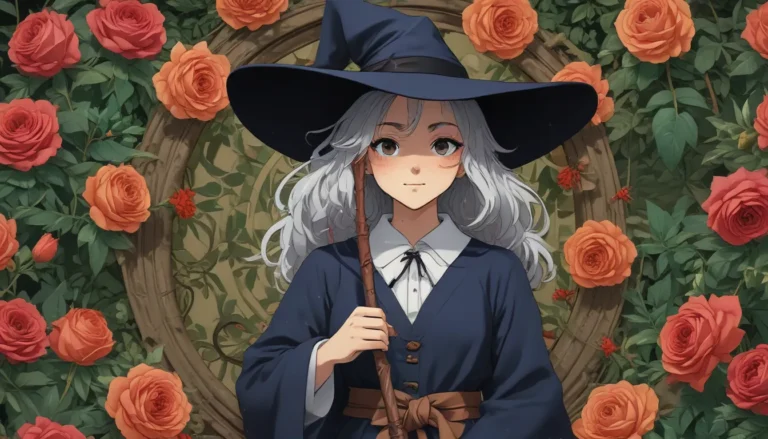Transforming Your Septic Field into a Dazzling Garden Oasis

Let’s be real, septic drainage fields are not known for their beauty. Most people simply toss some grass over them and forget about it. When things go wrong, they can turn into a muddy mess. But, there’s hope! With the right plants, you can turn that eyesore into a stunning garden.
Here’s how it works: when you flush your toilet, the waste goes into the tank. The solids stay there, while the liquid exits into the drainfield. The field filters the water through the soil with the help of beneficial bacteria. Sounds simple, right?
But not all plants are suitable for these areas. Avoid vegetables and woody shrubs, but feel free to plant herbaceous plants that can help aerate the soil and maintain proper drainage. Compacted soil can lead to drainage failure, so choosing the right plants is crucial.
So, what are the best plants for septic fields? Let’s dive in with this list of 21 top picks:
21 of the Best Plants for Septic Fields
- Agapanthus
- Blue Fescue
- Butterfly Weed
- Cast-Iron Plant
- Columbine
- Crocus
- Daffodil
- Dahlia
- Foxglove
- Gladiolus
- Grape Hyacinth
- Hellebore
- Iris
- Lady’s Mantle
- Lily
- Oatgrass
- Sedge
- Trillium
- Tulip
- Violet
- Yarrow
But before you start planting, here are some key considerations:
- Avoid planting trees to prevent root intrusions.
- Be mindful of the depth when digging to avoid damaging supply lines.
- Choose plants that can tolerate some moisture.
Now, let’s explore some of the top picks from the list above and how you can integrate them into your septic field:
1. Agapanthus
Agapanthus, also known as lilies of the nile, are easy to love. Their trumpet-shaped flowers add a touch of elegance to any garden. Consider the ‘Indigo Frost’ variety for unique blue and white blossoms.
2. Blue Fescue
For some evergreen color in your septic field, blue fescue is an excellent choice. The ‘Cool as Ice’ variety offers icy blue hues that will brighten up your space.
3. Butterfly Weed
Attract butterflies to your garden with butterfly weed. This plant features orange-yellow flowers that bloom in the summer, adding vibrant colors to your septic field.
4. Cast-Iron Plant
Known for its toughness, the cast-iron plant is a great option for warmer climates. Its diverse leaf colors and patterns make it a visually appealing addition to your garden.
5. Columbine
Columbine is a self-seeding perennial that thrives in partial shade. The variety of colors available, from red to pink to blue, will bring a splash of color to your septic field.
6. Crocus
Crocuses are famous for their early spring colors. Mix and match different varieties for a long-lasting display of blooms, from spring to summer.
7. Daffodil
Daffodils are a spring favorite with their bright yellow blossoms. Explore unique cultivars like ‘Replete’ and ‘Tahiti’ for a touch of elegance in your septic field.
These are just a few of the plant options you can consider for your septic field. Each plant brings its unique charm and benefits to your garden oasis. Experiment with different combinations to create a vibrant and welcoming space.
Make It Pretty
Septic fields don’t have to be boring patches of grass. With the right plants, you can transform them into captivating gardens that add beauty and charm to your outdoor space. So, roll up your sleeves, pick your favorite plants, and get ready to create a stunning garden oasis right in your backyard.
Remember, maintaining a septic field with the right plants can be both beneficial and visually appealing. Which of these plants will you choose for your septic field garden? Share your favorites in the comments below.
Looking for more garden design inspiration? Check out our guides on creating a fragrant garden plan, designing an old-fashioned cottage garden, and growing your own cut flower garden for more ideas and tips.





